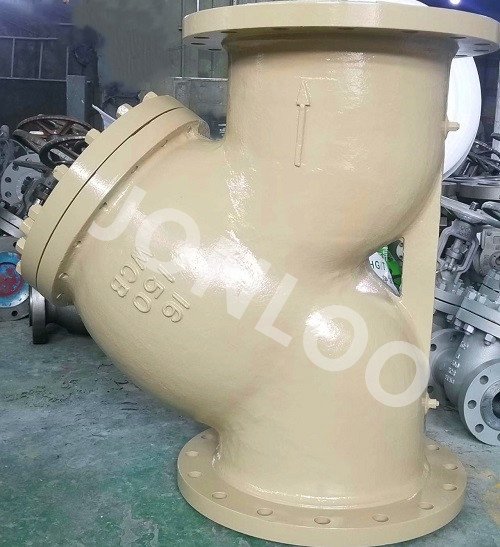
THE TYPES OF VALVES USED IN STEAM PIPELINES
- Jan 26, 2024
- Hits: 147
In addition to processing food, chemicals, and other things, steam is utilized to create power. It can also be used for heating, humidifying, and cleaning. For this reason, in the majority of control-related...

What Valves To Be Used In The Sugar Industry
- Jan 18, 2024
- Hits: 190
A common commodity, sugar is utilized in the food business as well as in the production of ethanol fuel. However, harsh conditions and continuous production are often...

Ball Valves: A Guide for Corrosive Media
- Jan 16, 2024
- Hits: 114
Ball valves are widely utilized in many industries, including chemical processing, oil and gas, water treatment, and pharmaceuticals, that deal with corrosive media. Selecting the proper ball valve materials...

Guidelines for Choosing Valve Electric Actuators
- Jan 15, 2024
- Hits: 8
The opening and closing of valves are managed by electric valve actuators. They function with many valve types, including as ball and butterfly valves, and can produce either linear or rotary motion....

A Comprehensive Guide to Industrial Strainers.
- Jan 12, 2024
- Hits: 103
Envision an intricate system of pipes and equipment operating nonstop to satisfy demand for production. Now think about the possible hiccups brought on by impurities such as particulates, dirt, or foreign...

What Is PPH Diaphragm Valve
- Jan 11, 2024
- Hits: 8
PPH Diaphragm valves are a particular kind of valve that are frequently employed in industrial settings where the isolation or control of corrosive or aggressive media is required. With their distinctive...

Sluice Valve Vs Gate Valve
- Jan 10, 2024
- Hits: 388
An essential part of utility systems are valves. As the name implies, a gate valve is a kind of valve that is used to regulate the flow of a liquid by the use of a gate or plate. Unless otherwise specified,...

How Do Pneumatic and Electric Ball Valves Work?
- Jan 09, 2024
- Hits: 54
These valves are essential for precisely controlling fluid flow, much like conductors in an industrial symphony. We will explore the basic ideas that underpin the operation of both electric and pneumatic...

What is the difference between single-acting and double-acting actuators?
- Jan 08, 2024
- Hits: 277
Selecting between single-acting and double-acting actuators might be crucial in the fields of engineering and automation. These components are essential to many mechanical systems, and getting the most...

The Reasons for the Damage of the Butterfly Valve Seat and how to prevent it
- Jan 05, 2024
- Hits: 265
Butterfly valves, which provide flexible control over fluid flow, are indispensable in many industrial applications. Their design, which features a rotating disk, often called a "butterfly,"...


Various Types of Check Valves
- Dec 28, 2023
- Hits: 19
Almost all industrial applications use check valves as one-way or non-return valves. Check valves are straightforward devices that ensure effective operations, stop damage, and prevent reverse flows—all...